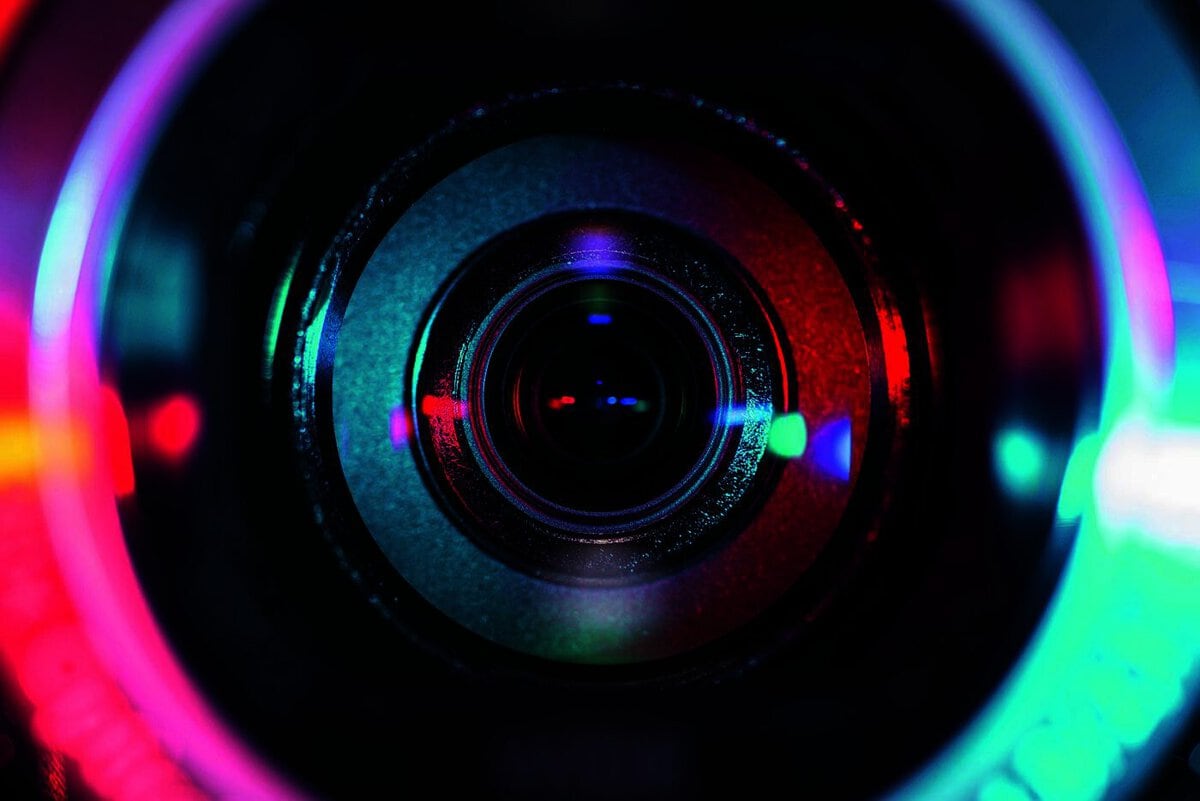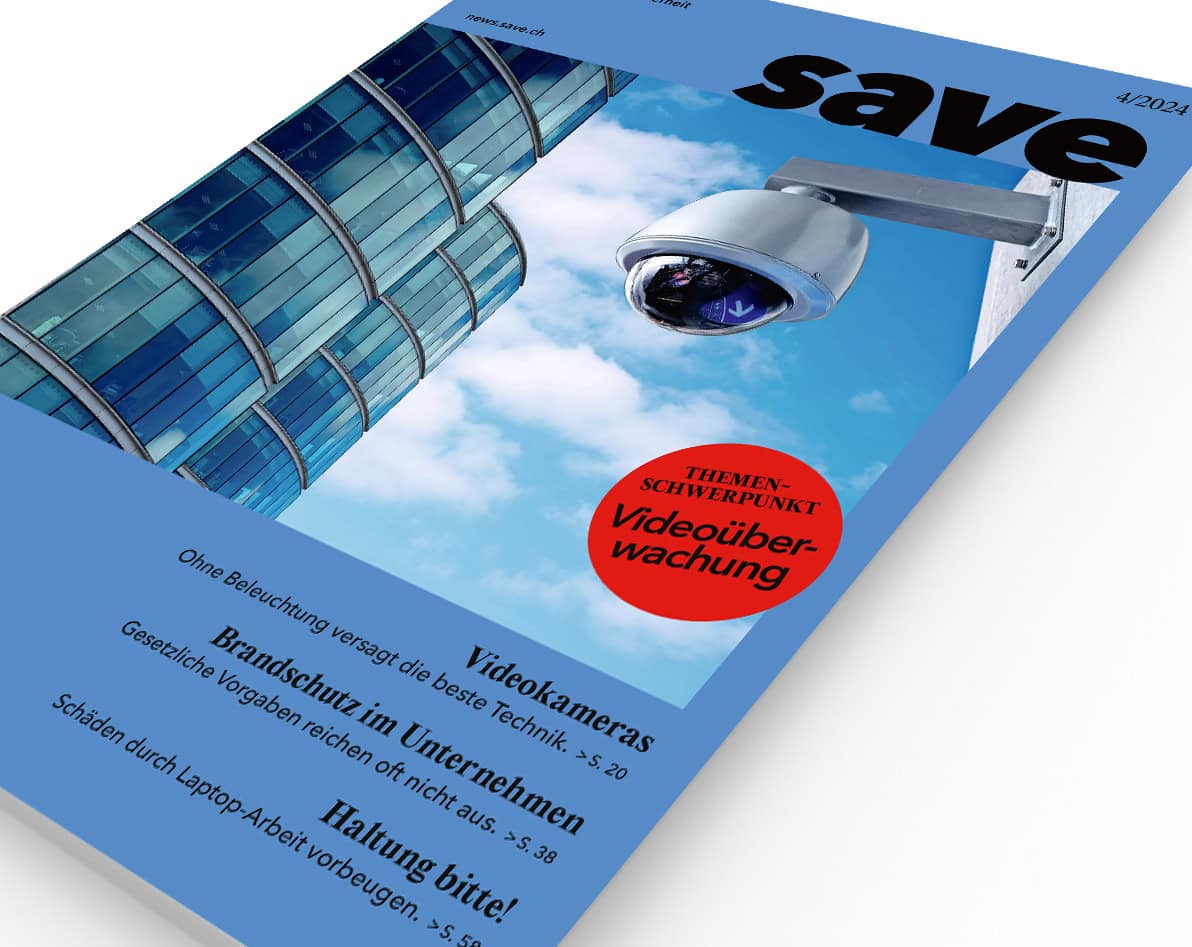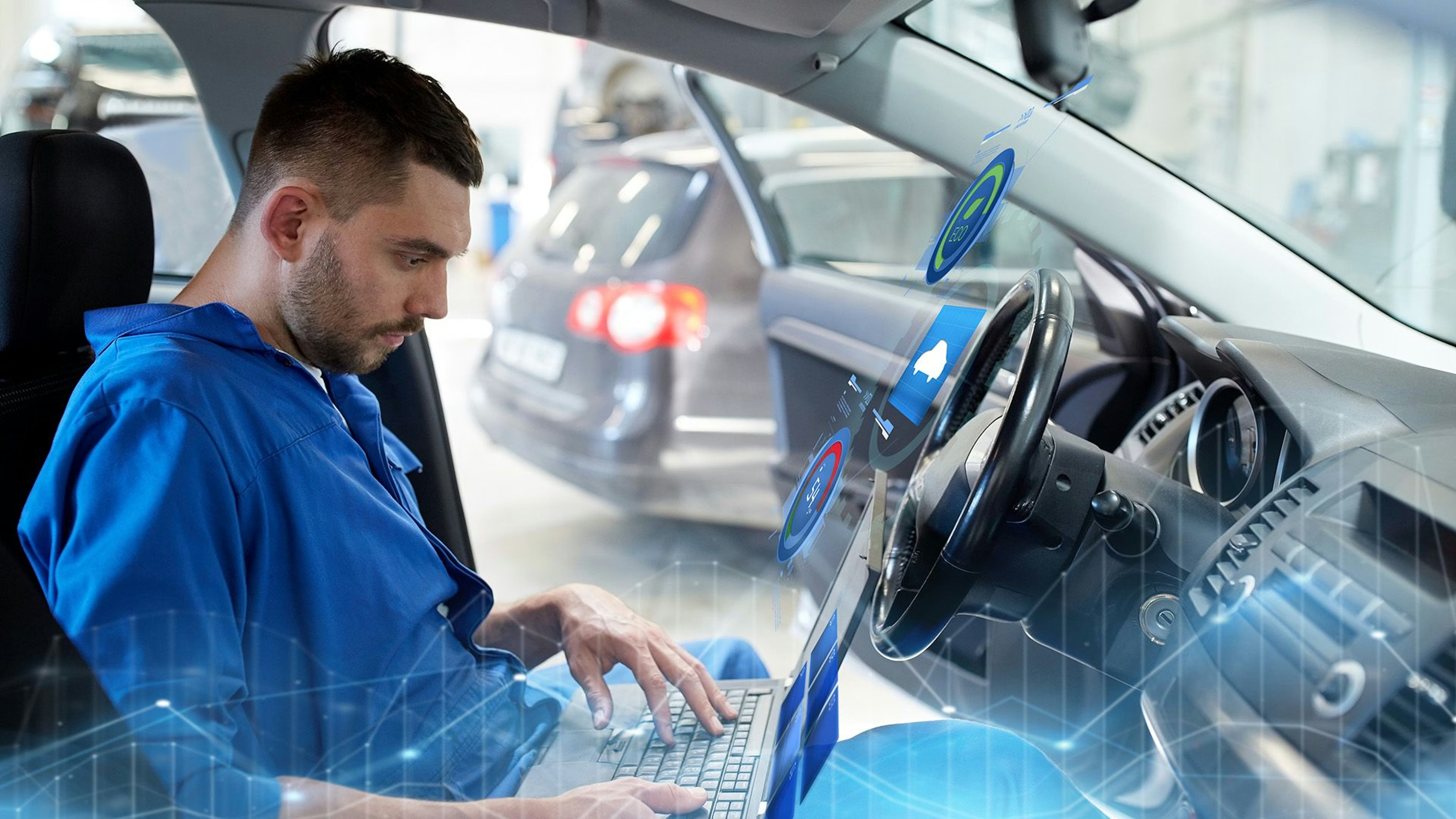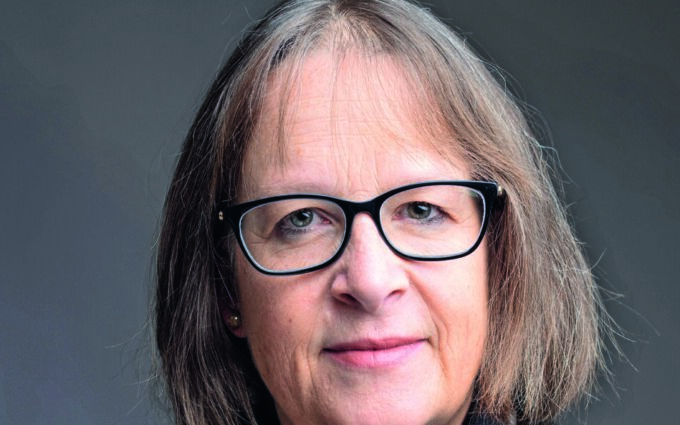Industry trend video surveillance
The video surveillance industry is looking to a positive future. Cost pressure and economic uncertainty are driving demand for innovative and efficient solutions.

In times of high inflation and a weak economy, companies and government organizations are looking for cost-effective solutions to maintain security standards. This leads to an increased demand for affordable yet reliable surveillance systems. The tense economic situation is therefore rather positive and should be seen as a market driver for manufacturers of security systems and their sales figures. This is because the crime rate rises in difficult economic times, which in turn leads to companies or large organizations investing more in security.
Less budget, more AI?
This trend is confirmed, for example, by a survey conducted by the British platform IFSEC (International Fire and Security Communication). Various industry representatives and entrepreneurs were asked about different topics relating to video surveillance. One of the questions asked was whether the current economic situation in England is influencing plans to introduce or upgrade video surveillance systems. The analysis shows that 87% of the companies or other stakeholders surveyed would have re-evaluated projects to some extent, but would still have implemented the planned video surveillance in the end. At the same time, budget constraints could lead to an increased demand for AI-supported video analysis as a supplement to human surveillance. In this environment, manufacturers need to innovate to offer affordable options that still ensure security.
People not yet replaceable
Will this make control centers or control center employees superfluous? Is it to be feared that jobs will be lost as a result of AI? The advantages of AI and "normal" analysis software are obvious. They are able to search huge amounts of data for a specific search term in just a few moments and learn in the process. But this is often not enough. This is because the results of state-of-the-art search tools often only provide the user with suggested results that are highly likely to match the search term entered. Results that fall below a defined threshold value are not even displayed to the user.
At the end of the process, there is still the human being who has to put the filtered results into context. For example: Was the alarm triggered by the activity of a cleaner or is this area not cleaned by a cleaner at all and it is a burglary? Trained people who know the surveillance area can quickly put this into context and make a decision. AI or other software will not be able to do this in the foreseeable future - we have not yet seen anything like this at trade fairs or in practice.
Deepfakes as a problem
Despite all the euphoria about AI and its advantages, the other side of the coin must also be pointed out: For video images in general, all variants of so-called deepfakes in particular are a major problem. The author has asked ChatGPT to formulate a definition of deepfake:
"Deepfake technology is a form of AI that uses deep learning algorithms to create extremely convincing, often deceptive, fake videos or audio recordings. Similarities and characteristics of one person are superimposed on those of another, often resulting in realistic but completely fictitious content."
The damage potential of such deepfake videos is enormous. Statements by leading politicians can be deceptively faked and made accessible to a mass audience via social media platforms such as TikTok. Most recently, a commercial for the BILD newspaper on free-to-air television was even generated using deepfake technology and shown to the public. Although this commercial contained a small notice that it was a video generated using deepfake, this notice could easily be overlooked. The consequences can be serious. Deliberately faked videos aim to manipulate statements made by well-known personalities in order to misuse their popularity for opinion-forming statements and reach. Because where this is deliberately used, there is certainly no separate reference to the use of deepfakes. The author was able to see for himself how a humorous, satirical video uploaded to the social media platform TikTok using deepfake technology was taken as true or real by numerous users, who vented their anger via the video's comment function. Things got really suspicious when users who used the comment function to spread the word that it was not a real video were called conspirators by other users because they had not recognized or did not want to recognize that it was actually a deepfake video.
Video market must catch up on security
The consequences for operators and owners of video surveillance systems who have previously relied on video footage as irrefutable evidence are serious. If CCTV systems are not state of the art, deepfakes have the potential to undermine the credibility of video footage as evidence and its value as a deterrent. In court, the defense could challenge the veracity of the video evidence and attempt to question its timing and authenticity.
As this technology is already accessible to the masses, the video market must follow suit with security measures. The author therefore recommends the exchange of certificates and security protocols between the cameras, the network and the image storage. The operator or owner of such a system must ensure that they can prove that the image from the camera is actually the same image that is stored on the image storage device and is currently being played back. The export process plays a decisive role here. The exported video file must contain all the metadata of the original file from the image memory. In addition, timestamps with the exact date and time to the second must be included in the video image. Furthermore, the systems must not be easily accessible from the outside. State-of-the-art measures such as firewalls, fixed MAC addresses and IP addresses as well as limitations and secure remote maintenance access must be implemented. In the best case scenario, the network on which the video surveillance system runs should be completely sealed off from the outside world.
Declining acceptance of cloud technology
Another trend in the industry is cloud technology. There is increasing acceptance of this technology among end customers and operators of video surveillance systems. On the one hand, office networks are often already located in the Microsoft cloud, for example, and on the other, more and more private individuals are starting to store their cell phone photos and videos in a cloud. As a result, there are more and more points of contact with cloud technology, meaning that most operators are no longer new to using this technology.
However, the implementation rate is not keeping pace with the steadily increasing acceptance. The IFSEC Insider surveys have shown that there are still some concerns among decision-makers that are still holding back the growth of the cloud market. These are:
- Concerns about cyber security/data protection
- Poor internet connection or bandwidth/latency restrictions
- Monthly recurring costs (providers' payment model is often based on monthly flat rates) instead of one-off investment costs
Interestingly, according to the IFSEC insider, the same people who make the above counter-arguments believe that cloud technology is more convenient and easier to operate a video surveillance system. This pro-argument could lead to the pendulum swinging from cybersecurity and data protection to the convenience of cloud technology in the coming years. In addition, cyber security, data protection and the provision of in-house server rooms and the associated high energy requirements are associated with high costs. This, combined with the convenience, could increase the implementation rate in favor of more cloud technology in the coming years. In addition, staff shortages both in the company's own IT department and at external service providers are driving a greater centralization of external data storage and data centers.
What can intelligent video surveillance contribute to in the future?
Sustainability and environmental certificates are increasingly being requested from suppliers in tenders. For example, companies are increasingly having to account for sustainability to their shareholders. This also includes newly acquired systems such as video surveillance. The market must take this demand into account and provide appropriate products so that the corresponding documentation can be proven to the customer or dealer.
However, the cost pressure described at the beginning of this article, which is also linked to the current difficult global economic situation, can also offer enormous potential for the future of this industry through synergy effects. Not only security departments or security authorities would benefit from video surveillance systems, but also other areas or business units. There are already many operators who use video cameras not only for security purposes, but also for marketing purposes. For example, a camera can not only provide video images for the control center, but can also count people at the same time. This goes so far that marketing departments are now also asking for video cameras and not just security departments, as used to be the case. Demand is therefore likely to increase.
Conclusion
In the future, more and more processes will be recorded by a camera. Video surveillance systems will therefore continue to play a very important role in the development of intelligent buildings and cities. Despite the recession, cost pressure, shortage of skilled workers and rising energy costs, the video surveillance industry has proven to be crisis-proof. New approaches (cloud technology), ground-breaking innovations (AI systems) and synergy effects with other business areas point to a stable and interesting future for the industry. However, there is one thing that cannot be skimped on: security - regardless of the technology used.
Author
Fabian Hecker is a planning, project and safety engineer for safety-related trades at VZM. vzm.de
 | This article is part of our focus topic "Video surveillance". Order your copy here |









